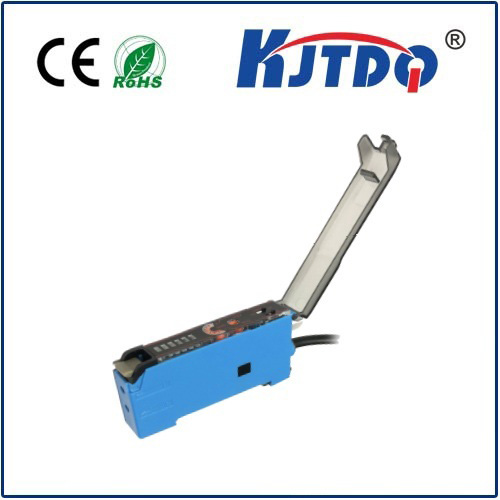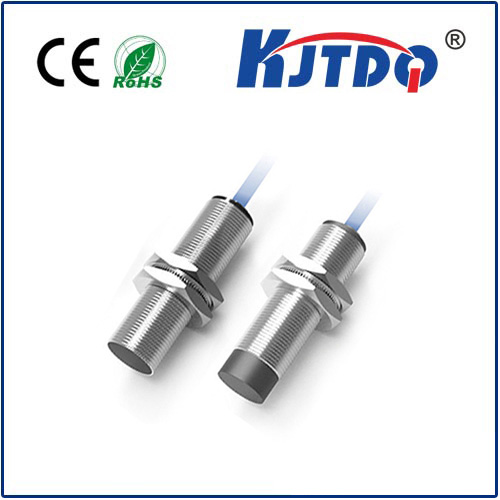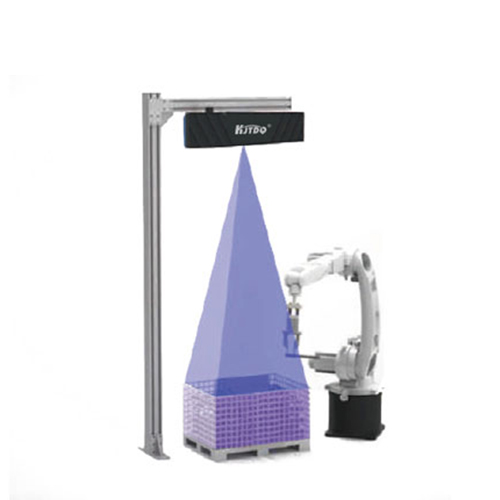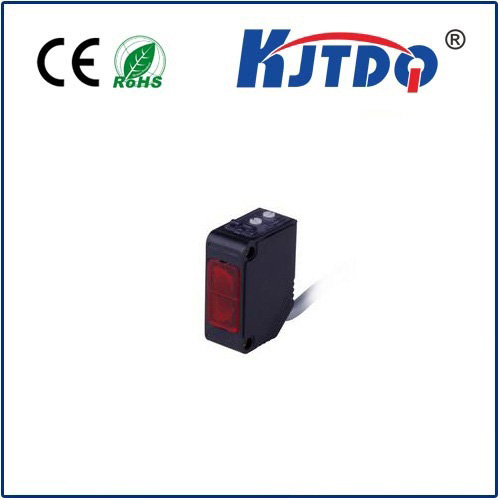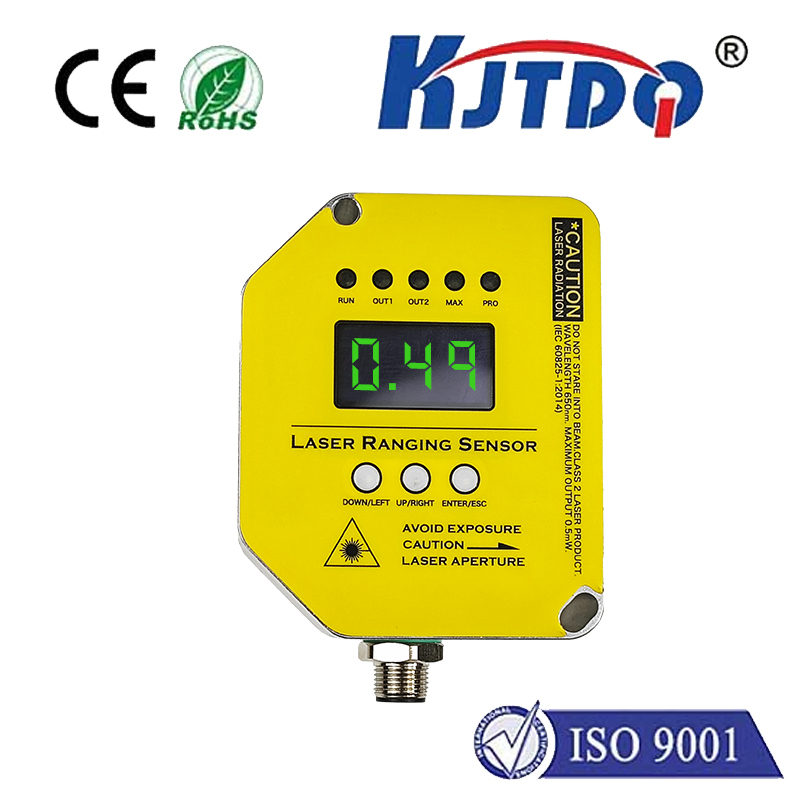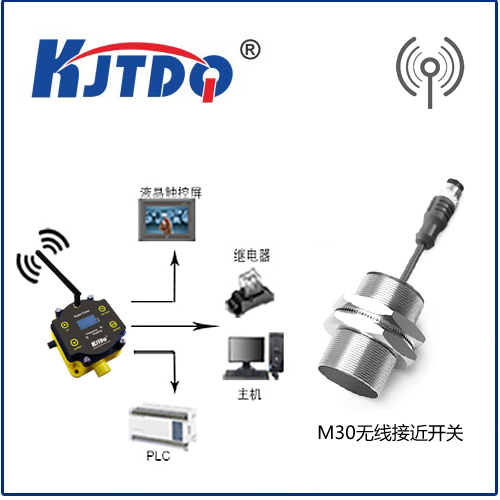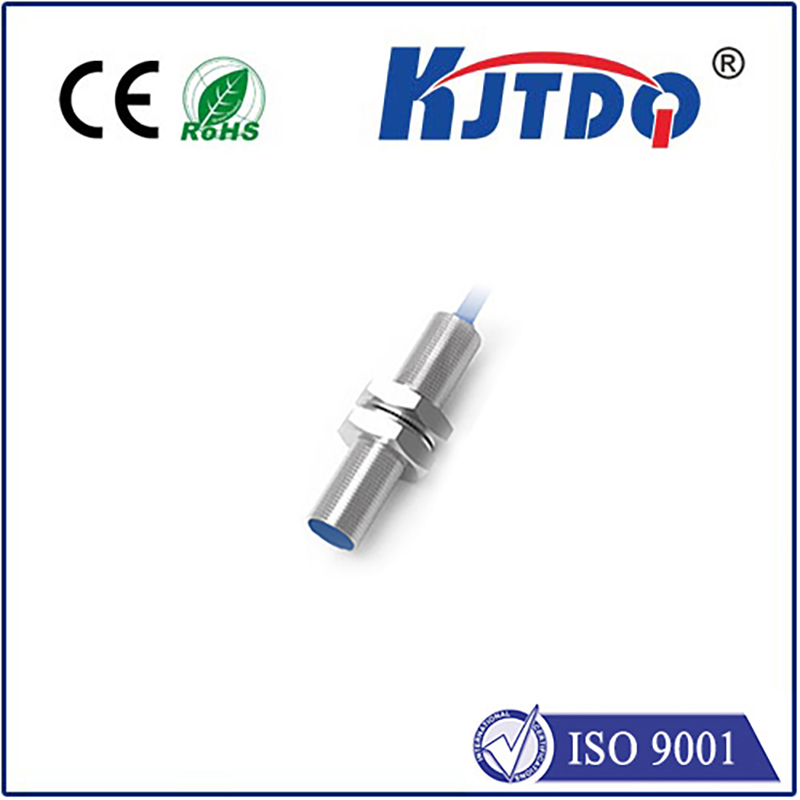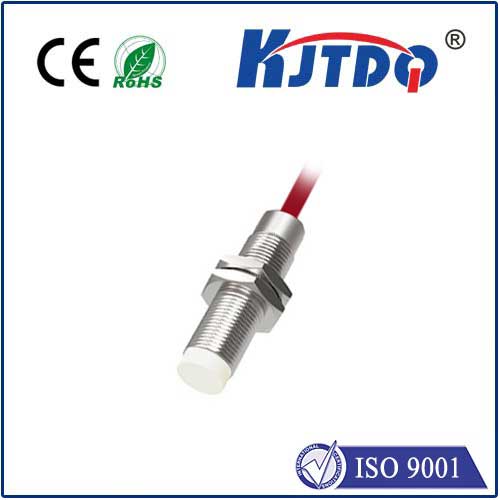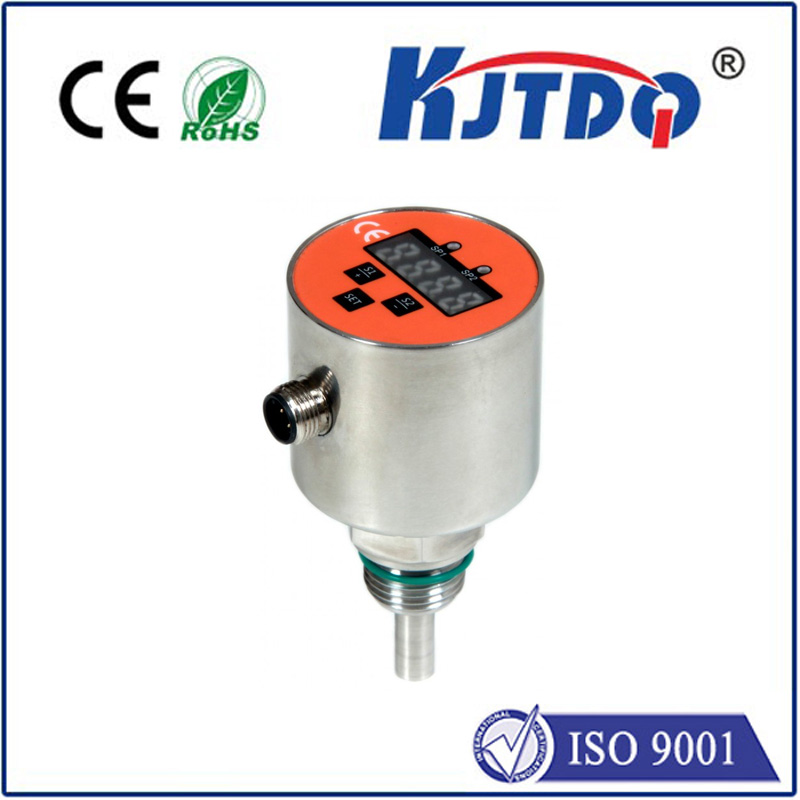

check

check

check

check

check

check

check

check

check

check
Ever paused to wonder how your smartphone screen dims when you hold it near your face during a call? That seamless, almost invisible magic stems from a tiny marvel called a proximity sensor. These unassuming devices play a pivotal role in our tech-driven world, silently orchestrating interactions without physical contact. In this guide, we’ll delve into the core function of proximity sensors, exploring how they detect nearby objects, their diverse applications, and why they’ve become indispensable in modern engineering. By the end, you’ll appreciate how these sensors transform everyday conveniences into reliable, automated experiences—no mystery, just innovative science in action.
At its heart, the primary function of a proximity sensor is to detect the presence or absence of an object within a specific range without any physical touch. This capability relies on various technologies—such as electromagnetic fields or optical signals—to sense changes in the environment. For instance, when an object approaches, the sensor triggers a response, like turning off a display or activating a safety mechanism. This non-contact detection is crucial because it prevents wear and tear, ensuring longevity and reducing maintenance in machines. Imagine an assembly line in a factory: these sensors instantly halt equipment if a worker strays too close, averting accidents silently and efficiently. By focusing on proximity, these devices enhance safety and precision, making them a backbone in industrial automation where split-second decisions matter. Their function isn’t just about sensing; it’s about enabling smarter, more responsive systems that adapt in real time.

To grasp how proximity sensors achieve this, let’s unpack their common types and underlying principles. Inductive sensors are a popular variant, using magnetic fields to detect metallic objects. They generate an electromagnetic field that, when disturbed by metal, signals proximity. This makes them ideal for harsh settings like manufacturing plants, where dust or moisture could interfere with other methods. Conversely, capacitive sensors work by sensing changes in capacitance caused by non-metallic objects, such as liquids or plastics. They’re often found in household appliances, like touchless faucets that activate when hands approach. Then there are photoelectric sensors, which emit light beams and detect reflections to gauge distance, perfect for applications requiring high accuracy in environments like retail checkout counters. Each type serves distinct roles, but all share the core function of proximity detection: swiftly identifying objects to trigger actions without delays. For example, in automotive systems, proximity sensors help park-assist features by warning drivers of nearby obstacles, blending precision with practicality. This versatility underscores why selecting the right sensor hinges on factors like detection range and environmental conditions—key considerations for engineers.
The applications of proximity sensors span countless industries, underlining their transformative impact. In consumer electronics, they’re ubiquitous—smartphones use them to conserve battery by deactivating screens during calls, while laptops employ them for security features like waking from sleep when users return. Moving to industrial realms, these sensors streamline production lines by monitoring equipment movements, ensuring robots assemble products with millimeter precision. For instance, in food packaging, capacitive sensors detect fill levels in containers, preventing overflows and waste. Automotive sectors benefit immensely too; proximity sensors in advanced driver-assistance systems (ADAS) scan surroundings to avoid collisions, enhancing road safety. Even in smart homes, these devices enable touchless controls for lights or appliances, promoting hygiene and energy efficiency. Such wide-ranging uses highlight the adaptive function of proximity sensors, where they not only detect but also enable automation, reducing human intervention and boosting efficiency. As industries evolve, their role expands into emerging fields like robotics and IoT, where real-time object detection drives innovation. When integrating these sensors, factors like environmental interference (e.g., temperature or humidity) must be addressed to maintain reliability—a reminder that their genius lies in simplicity paired with robust performance.
Despite their advantages, proximity sensors aren’t without challenges. On the plus side, they offer high reliability with minimal moving parts, slashing failure rates in critical systems. For example, in medical devices, inductive sensors monitor patient movements without direct contact, aiding in non-invasive treatments. Additionally, their energy efficiency conserves power in portable gadgets—a win for sustainability. However, limitations exist, such as susceptibility to false triggers from environmental noise like metal debris or strong light. Capacitive sensors, while versatile, might malfunction near water sources, requiring careful calibration. To mitigate this, designers combine multiple sensor types or use shielding techniques, as seen in aerospace applications where redundancies ensure flight safety. This balance of pros and cons underscores the importance of thoughtful implementation; selecting a proximity sensor involves weighing factors like range (typically from millimeters to meters) and response time. Ultimately, their function shines through innovation, driving trends toward smaller, smarter sensors that integrate with AI for predictive maintenance.
In closing, the ongoing evolution of proximity sensors—fueled by advances in IoT and miniaturization—promises even broader horizons. As we rely more on automation, their function will grow more critical, seamlessly bridging human interactions with digital worlds.
(Word count: 998)

